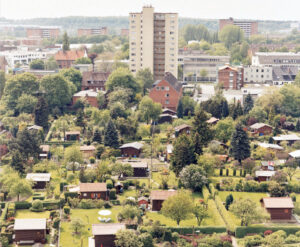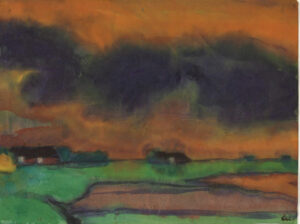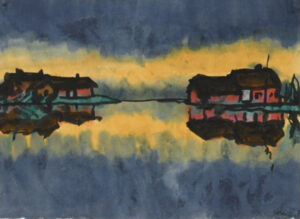As populations grow cities are becoming more popular, it is essential cities maintain urban green spaces for managing quality of life. Urban green spaces are an important part of city life in Germany. They provide a wide range of positive elements including social, public health, economic, and environmental. Green spaces are a key aspect for proper living conditions, they provide healthy environments by improving air quality and reducing heat. I experienced and witnessed some of the most wonderful green spaces I had ever seen while traveling throughout Germany. One of my favorite cities we visited was Berlin. I had an amazing time touring the city and was continuously amazed by the many urban green spaces.
German governments understand that urban development policies are crucial. In 2015, federal ministries prepared the green paper “Green Spaces in the City”, the overall purpose notes the future importance and process for the integration of urban green spaces in German cities. In the green paper, it provides a basic summary of specific measures and recommendations and actions by the federal government to ensure high-quality green spaces. Additionally, the German federal government has supported urban green spaces by enacting a federal act on allotment gardens. Allotment gardens are very popular and historic in German culture, over a million allotment garden plots are present in Germany. The federal act was introduced in 1983 in order to promote and preserve these spaces for urban gardening.

Aerial view of Schreber gardens. Photo taken by Enver Hirsch. (https://www.cabinetmagazine.org/issues/6/turowski.php)
I grew up in Los Angeles, California. In my neighborhood we have an urban green space that is used as a “park”. The green spaces in my neighborhood are not safe nor clean due to graffiti, littering, and lack of municipal support. When I visited Germany I deeply appreciated the well kept and accessible parks, gardens, trails, etc.
In order to popularize urban spaces in the United States (US), the social culture and governmental frameworks surrounding environmental issues in the US surrounding green spaces must change. The lack of appreciation and policies surrounding green urban spaces are slowing the progressions towards implementing green urban spaces in the United States. This idea and practice has been possible in certain cities but grows more difficult with cities with greater populations, as spaces are cleared for housing projects. In order to ensure green urban spaces longevity requires local governments allocating both policy and money towards implementation.
Sources:
https://en.wikipedia.org/wiki/Allotment_(gardening)
https://www.ecologic.eu/sites/default/files/event/2017/vortrag_weissbuch_eyink_engl._fassung.pdf


